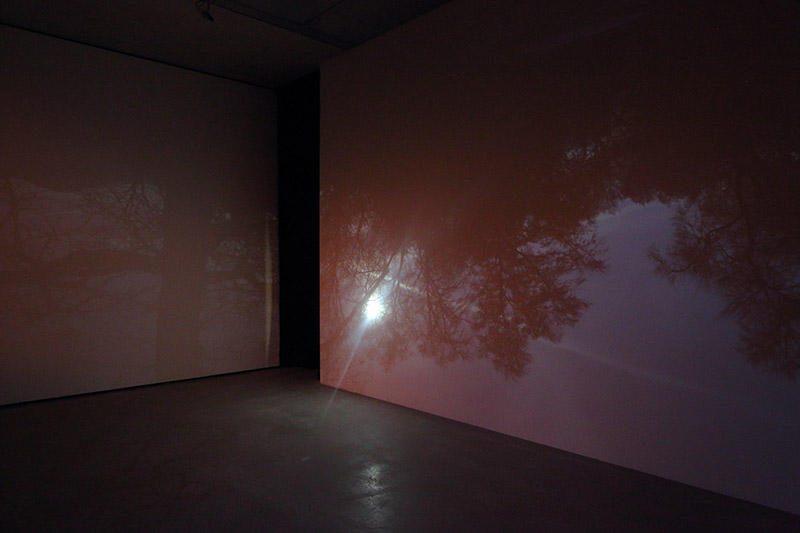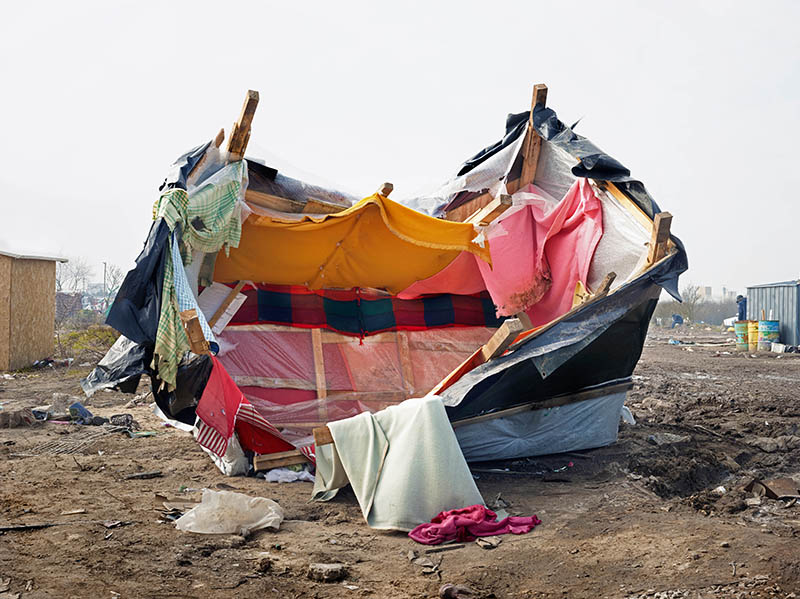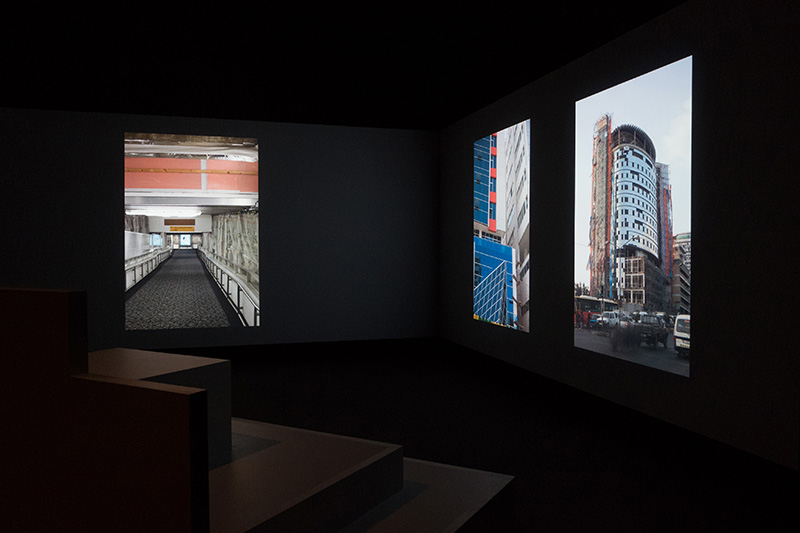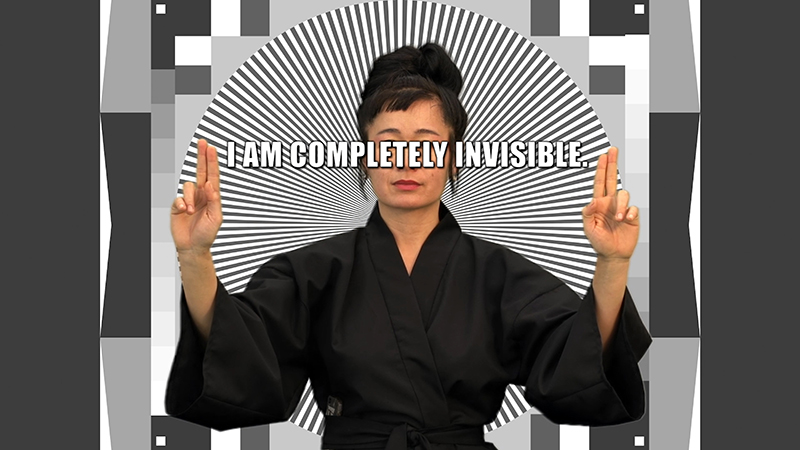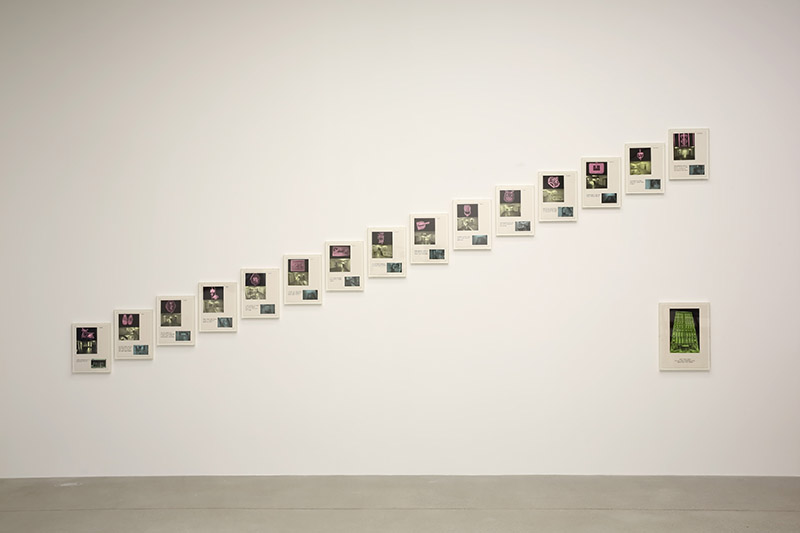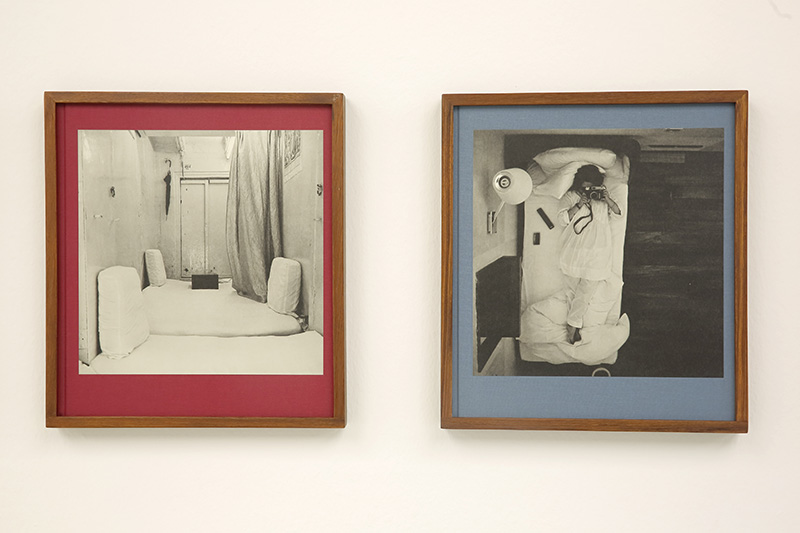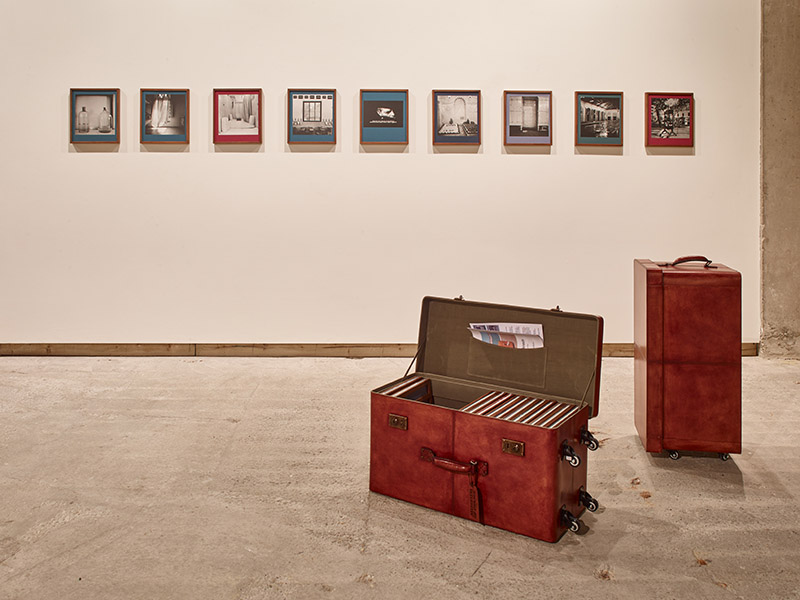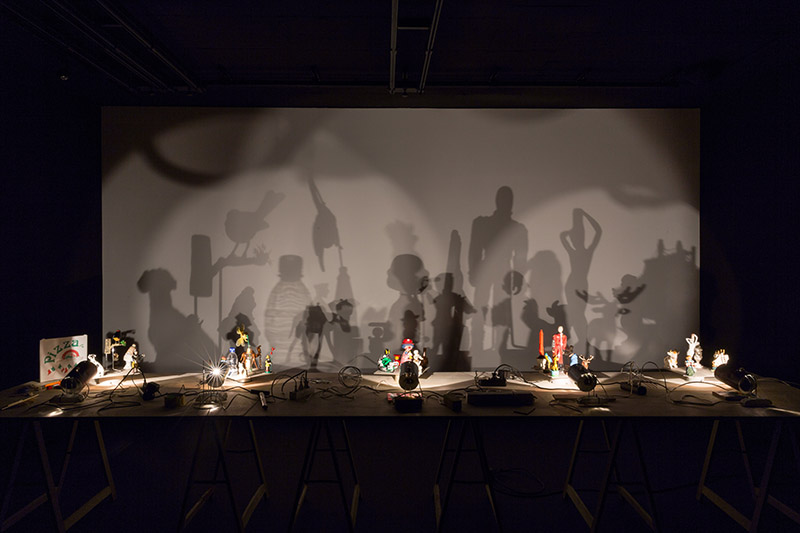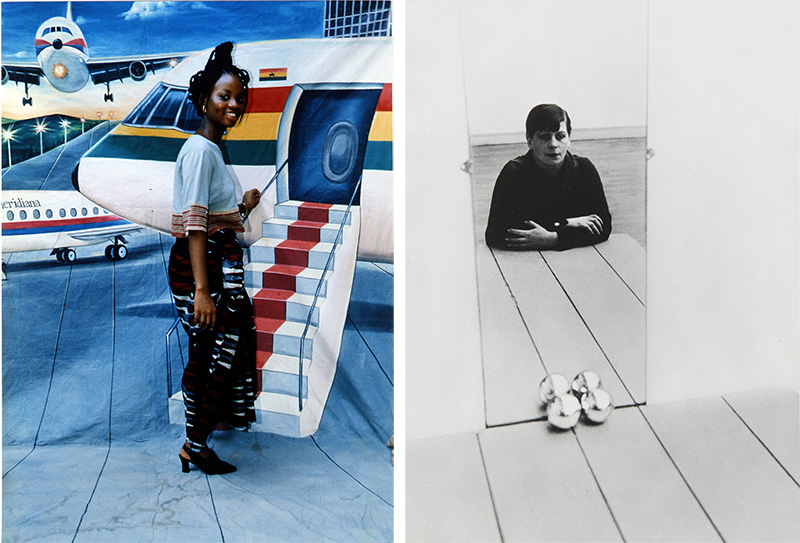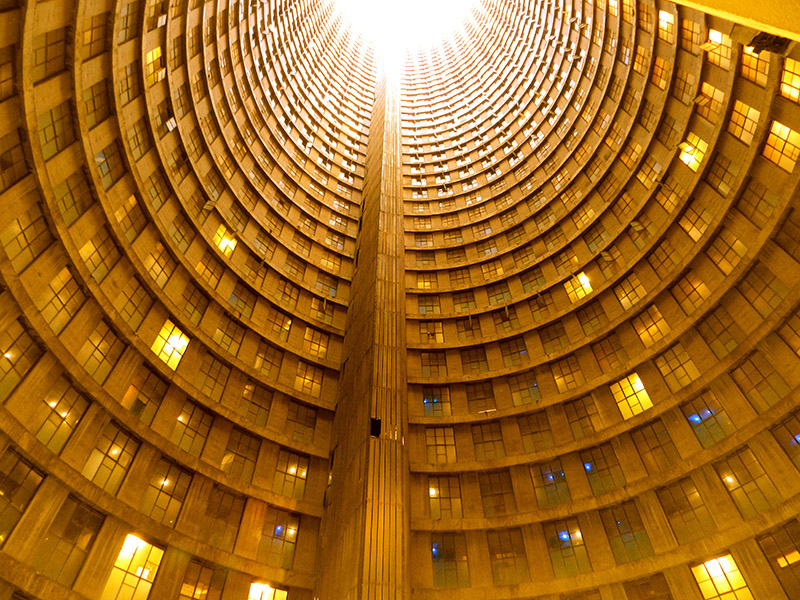PHOTO:Space & Photography
Stereoscopic vision and conceptions of spatial dimensions, their extension and transformation are fundamentally at odds with the two-dimensional technically recorded image. Since the dawn of photography, this very incompatibility has prompted photographers to grapple with the question of how to represent space. The exhibition “Space & Photography” at the Museum der Moderne Salzburg surveys the history of this engagement with a selection of works by 35 artists from 1 countries spanning the period from 1860 to the present.
By Dimitris Lempesis
Photo: Museum der Moderne Salzburg Archive
“Space & Photography” is divided into six thematic chapters. It opens with early imaging processes and experimental photography as the medium’s archetypical form. The second chapter traces the technological innovations of the 19th Century, which propelled the emergence of new methods and capacities of the camera to imitate human ways of seeing and stereoscopy. In the early 20th Century, the development of modern camera technologies led to the genesis of the “ New Vision”; in conjunction with the ideas of the “ “New Architecture,” it gave rise to a novel perspective on architectonic space, the subject of another thematic focus. Exponents of the New Objectivity such as the photographer and Bauhaus teacher László Moholy-Nagy translated this shift into experimental conceptions of the photographic image that expanded the spectrum of visual impressions. The next chapters examine the photographic rendition of built space and architecture’s influence on society. The slice of reality captured by the camera is a way of evoking absurd pictorial spaces. Florence Henri achieves this by using mirrors while Kenneth Josephson plays off light against shadow. In his large installation “Schatten” (2005), Hans-Peter Feldmann alludes to Plato’s Cave, photography’s mythological archetype, and shows how automated movement and subjective perception relate. One of the most important photographers in Austria is Seiichi Furuya from Japan, who has explored the subject of borders in great depth. His series “Limes” (1986) was photographed from East Berlin and depicts the visual permeability of the Berlin Wall. Works by the conceptual artist Stephen Willats and the photographer Wolfgang Tillmans as well as the sculptor Isa Genzken address the expansion of the cities, suburbanization, and the rise of residential tower blocks. Michel Foucault saw churches, archives, museums, and libraries as spaces where time accumulates. By contrast, there are also temporary heterotopias, such as a party or a journey. The ship is a heterotopia par excellence, a self-contained place without a place. Allan Sekula and Noël Burch called their documentary film about maritime trading routes and economic zones bridging continents “The Forgotten Space” (2010). Dayanita Singh often inserts these “other spaces” into spatial structures thereby creating new spaces of display. Meanwhile, the process of globalization has resulted in different spatial experiences taken to another level by new media. Hito Steyerl’s work “HOW NOT TO BE SEEN. A Fucking Didactic Educational .MOV File” (2013) is about the relationship between “here” and “there,” attendance, presence, and visibility. In this work, the artist explores issues surrounding the surveillance of spaces and proposes certain physical traits that would have to be adopted so as not to be located.
Info: Curator: Christiane Kuhlmann, Curatorial Assistants: Tina Teufel and Peter Schreiner, Museum der Moderne Salzburg, Mönchsberg 32, Salzburg, Duration: 25/11/17-22/4/18, Days & Hours: Tue & Thu-sun 10:00-18:00, Wed 10:00-20:00, www.museumdermoderne.at
